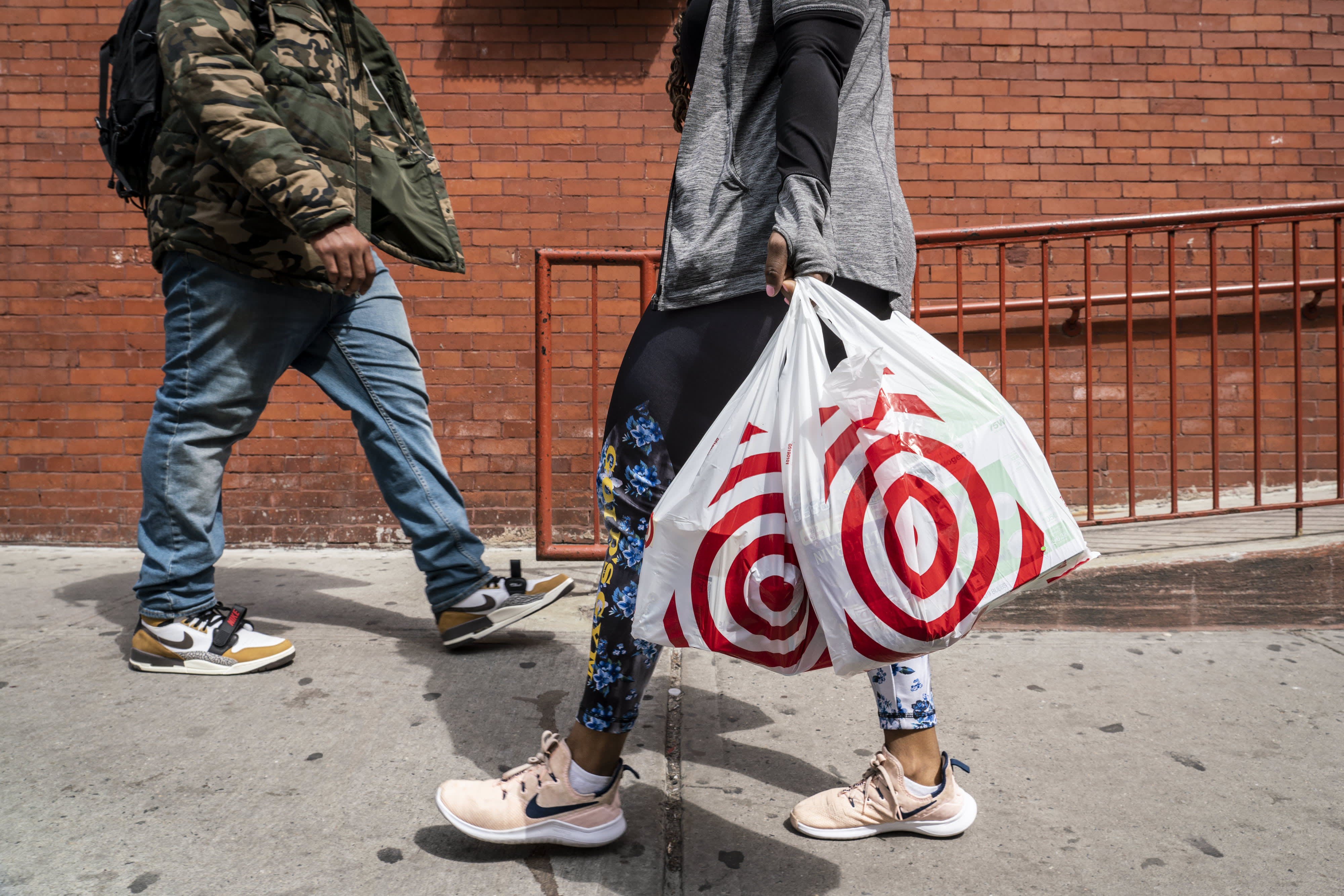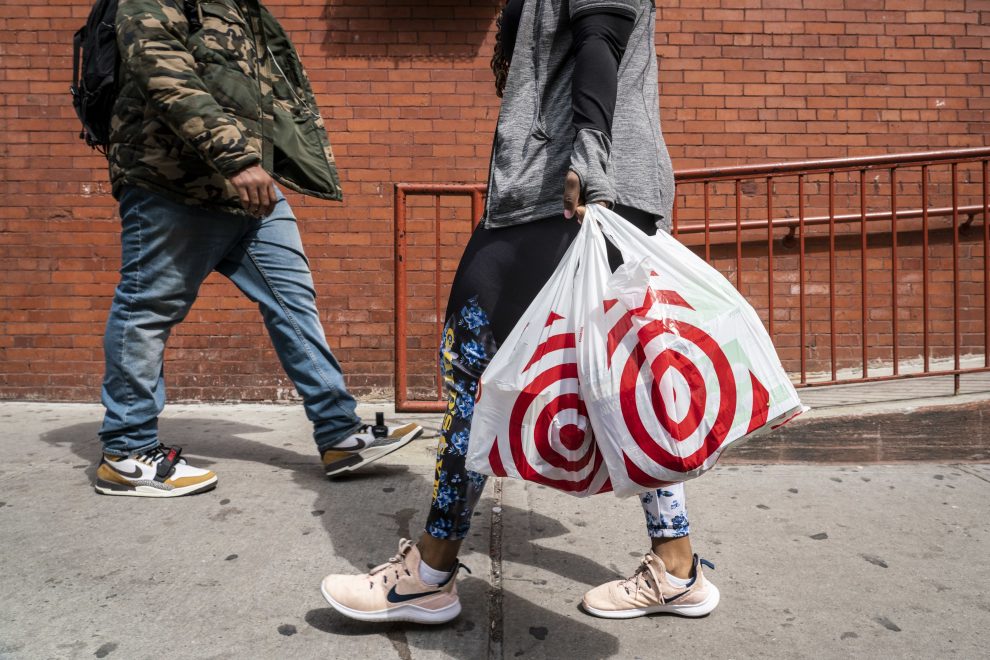
Target‘s second-quarter earnings report Wednesday beat every estimate forecast by Wall Street, sending its shares to a record high.
The retailer’s quarterly profit jumped by 17% as its in-store pickup and same-day shipping services successfully drew more customers. It also raised its outlook for the rest of the year.
Sales at the company’s stores that have been open for at least a year grew 3.4% during the quarter, also exceeded expectations. Target said same-day fulfillment services, including order pickup, drive up and Shipt same-day delivery business, contributed nearly 1.5 percentage points of its overall same-store sales growth.
Target shares surged by 19% to near $102 per share, a record high. Target set its previous intraday high of $90.39 on Sept. 10, 2018.
Here’s what Target reported for the fiscal second quarter ended Aug. 3 compared with what analysts were expecting, based on Refinitiv data:
- Earnings per share: $1.82 vs. $1.62 expected
- Revenue: $18.42 billion vs. $18.34 billion expected
- Same-store sales: up 3.4% vs. growth of 2.9% expected
Target and its rivals are searching for ways to make shopping more convenient. To compete with Amazon, they are pouring money into their websites and trying to speed up shipping times. They are also betting that consumers don’t mind picking up their orders at the store, especially when it’s faster than waiting for delivery.
“These options offer speed, convenience and reliability,” Target CEO Brian Cornell told analysts on a call Wednesday. “And as a result, they’re quickly becoming the fulfillment choices for our guests. And most importantly, because these options leverage our existing in-store infrastructure, technology and teams, same-day fulfillment delivers outstanding financial performance as well.”
In 2017, Target outlined its plan to revamp the then-struggling retailer. Central to the plan was remodeling stores and marrying the physical and digital experience. Wednesday’s results show Target’s plan is working.
“This is as good a quarter as Target possibly could have had,” Moody’s analyst Charles O’Shea told CNBC’s “Squawk Box.”
Profits jumped by more than 17% to $938 million, or $1.82 a share, compared with $799 million, or $1.49 per share, a year earlier. That was 20 cents better than expectations for earnings per share of $1.62, based on Refinitiv data.
Total revenue grew 3.6% to $18.42 billion from $17.78 billion a year earlier, topping estimates of $18.34 billion.
Sales at Target stores open for at least 12 months and from its website were up 3.4%, which was also better than the 2.9% growth expected by analysts. Digital sales surged 34%, down from a 42% increase during the first quarter.
Cornell apologized for register outage during the latest quarter. The event was not enough to weigh on sales. Target and Walmart are expected to have seen somewhat of a sales bump around Amazon’s 48-hour Prime Day event in early July.
Target raised its full-year forecast. The retailer is now calling for adjusted earnings per share to fall within a range of $5.90 to $6.20, up from a prior range of $5.75 to $6.05. Cornell said the outlook includes the “extent and timing” of new tariffs on Chinese goods, which are slated to take effect Dec. 15.
Target’s report comes on the heels of its bigger rival Walmart, which last week reported earnings that topped expectations and raised its outlook for the year despite the ongoing threat of additional tariffs taking effect amid the U.S. trade war with China.
Both Walmart and Target are trying to improve their shopping experiences for consumers. Target has been investing in store remodeling, opening small-format locations in major metros like New York and rolling out curbside pickup for online orders.
“As we’ve been saying for years we believe that in-store shopping will continue to be important and account for the vast majority of retail sales for many years to come,” Target’s Chief Operating Officer John Mulligan said Wednesday on the earnings call. “However, in a world where consumers have more choices than ever, inferior brick-and-mortar experiences will go away. That’s why we’re investing heavily both in our store assets and in the experience our team provides.”








